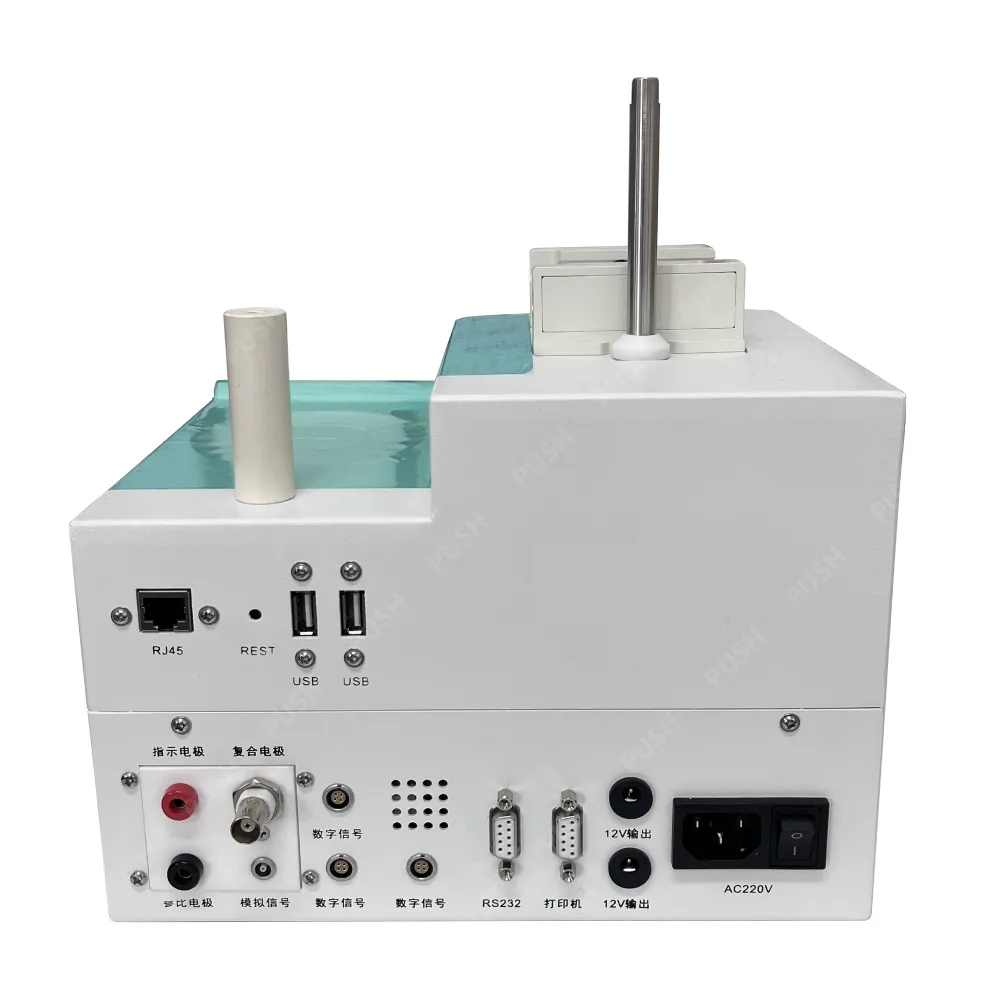 English
English



-
 Afrikaans
Afrikaans -
 Albanian
Albanian -
 Amharic
Amharic -
 Arabic
Arabic -
 Armenian
Armenian -
 Azerbaijani
Azerbaijani -
 Basque
Basque -
 Belarusian
Belarusian -
 Bengali
Bengali -
 Bosnian
Bosnian -
 Bulgarian
Bulgarian -
 Catalan
Catalan -
 Cebuano
Cebuano -
 China
China -
 China (Taiwan)
China (Taiwan) -
 Corsican
Corsican -
 Croatian
Croatian -
 Czech
Czech -
 Danish
Danish -
 Dutch
Dutch -
 English
English -
 Esperanto
Esperanto -
 Estonian
Estonian -
 Finnish
Finnish -
 French
French -
 Frisian
Frisian -
 Galician
Galician -
 Georgian
Georgian -
 German
German -
 Greek
Greek -
 Gujarati
Gujarati -
 Haitian Creole
Haitian Creole -
 hausa
hausa -
 hawaiian
hawaiian -
 Hebrew
Hebrew -
 Hindi
Hindi -
 Miao
Miao -
 Hungarian
Hungarian -
 Icelandic
Icelandic -
 igbo
igbo -
 Indonesian
Indonesian -
 irish
irish -
 Italian
Italian -
 Japanese
Japanese -
 Javanese
Javanese -
 Kannada
Kannada -
 kazakh
kazakh -
 Khmer
Khmer -
 Rwandese
Rwandese -
 Korean
Korean -
 Kurdish
Kurdish -
 Kyrgyz
Kyrgyz -
 Lao
Lao -
 Latin
Latin -
 Latvian
Latvian -
 Lithuanian
Lithuanian -
 Luxembourgish
Luxembourgish -
 Macedonian
Macedonian -
 Malgashi
Malgashi -
 Malay
Malay -
 Malayalam
Malayalam -
 Maltese
Maltese -
 Maori
Maori -
 Marathi
Marathi -
 Mongolian
Mongolian -
 Myanmar
Myanmar -
 Nepali
Nepali -
 Norwegian
Norwegian -
 Norwegian
Norwegian -
 Occitan
Occitan -
 Pashto
Pashto -
 Persian
Persian -
 Polish
Polish -
 Portuguese
Portuguese -
 Punjabi
Punjabi -
 Romanian
Romanian -
 Russian
Russian -
 Samoan
Samoan -
 Scottish Gaelic
Scottish Gaelic -
 Serbian
Serbian -
 Sesotho
Sesotho -
 Shona
Shona -
 Sindhi
Sindhi -
 Sinhala
Sinhala -
 Slovak
Slovak -
 Slovenian
Slovenian -
 Somali
Somali -
 Spanish
Spanish -
 Sundanese
Sundanese -
 Swahili
Swahili -
 Swedish
Swedish -
 Tagalog
Tagalog -
 Tajik
Tajik -
 Tamil
Tamil -
 Tatar
Tatar -
 Telugu
Telugu -
 Thai
Thai -
 Turkish
Turkish -
 Turkmen
Turkmen -
 Ukrainian
Ukrainian -
 Urdu
Urdu -
 Uighur
Uighur -
 Uzbek
Uzbek -
 Vietnamese
Vietnamese -
 Welsh
Welsh -
 Bantu
Bantu -
 Yiddish
Yiddish -
 Yoruba
Yoruba -
 Zulu
Zulu
Evaluating the Impact of Power Factor on Energy Efficiency and System Performance
Understanding Power Factor Testing Importance and Procedures
Power factor testing is a crucial aspect of electrical engineering and maintenance aimed at assessing the efficiency of electrical systems. The power factor (PF) is defined as the ratio of real power (measured in watts) to apparent power (measured in volt-amperes) in an electrical system. This value indicates how effectively the electrical power is being converted into useful work output. A power factor of 1 (or 100%) signifies that all the power is being effectively utilized, while a lower power factor indicates inefficiencies that can lead to increased energy costs and potential system issues.
Importance of Power Factor
A proper power factor is essential for several reasons. Firstly, it affects the overall energy efficiency of electrical systems. Utilities often charge higher rates to customers with a low power factor, so maintaining an optimal PF can lead to significant cost savings. Additionally, poor power factor can result in increased losses in the electrical distribution system, leading to overheating of equipment and potential failures, which can be costly in terms of repairs and downtime.
Moreover, industries and commercial facilities with large inductive loads—such as motors, transformers, and lighting—are typically more susceptible to low power factors. Thus, regular testing and mitigation strategies are essential for maintaining the health and efficiency of these systems.
Power Factor Testing Procedures
Power factor testing involves several methods, and the choice of procedure can depend on the complexity of the system and the specific objectives of the test
. The most common methods include1. Direct Measurement This method involves using power factor meters to directly measure the real and reactive power in the circuit. This is often done during routine maintenance checks to identify any losses in the system.
power factor test

2. Harmonic Analysis Power systems often contain harmonics that can affect the power factor. A harmonic analyzer is used to identify and quantify these harmonic distortions. By understanding the harmonic content in the system, engineers can implement corrective measures such as installing filters or upgrading equipment.
3. Load Testing By varying the load on the system, engineers can analyze how the power factor changes with different operational conditions. This method help to simulate real-life scenarios and determine the stability of the power factor under varying loads.
4. Capacitor Bank Testing Capacitor banks are often used to correct power factor issues. Testing these systems involves checking their performance to ensure they deliver adequate reactive power to the system when needed. This often includes measuring the response time and efficiency of the capacitors.
Interpreting Results
Upon completion of power factor testing, the results must be analyzed and interpreted. A power factor below 0.9 is typically considered poor, while a power factor above 0.95 is viewed as acceptable. However, the desired PF may vary based on the specific requirements of different industries or applications.
If the results indicate a low power factor, corrective actions may involve installing capacitors to improve the PF or replacing inefficient equipment. Regular monitoring and testing not only help maintain an optimal power factor but also enhance the longevity of electrical systems.
Conclusion
In summary, power factor testing is an essential procedure for maintaining electrical system efficiency and longevity. Understanding the power factor and regularly analyzing it can help businesses reduce energy costs and improve overall system reliability. As industries continue to evolve, the need for effective power factor management will only grow, making awareness and regular testing a necessity for sustainable operations.
-
Testing Equipment Industry Sees Major Advancements in 2025: Smart & Precision Technologies Lead the WayNewsJun.06,2025
-
Applications of Direct Current Generators in Renewable Energy SystemsNewsJun.05,2025
-
Hipot Tester Calibration and Accuracy GuidelinesNewsJun.05,2025
-
Digital Circuit Breaker Analyzer Features and BenefitsNewsJun.05,2025
-
Benefits of Real-Time Power Quality Monitoring Devices for Industrial EfficiencyNewsJun.05,2025
-
Earth Fault Loop Testing in High-Rise Building Electrical SystemsNewsJun.05,2025



